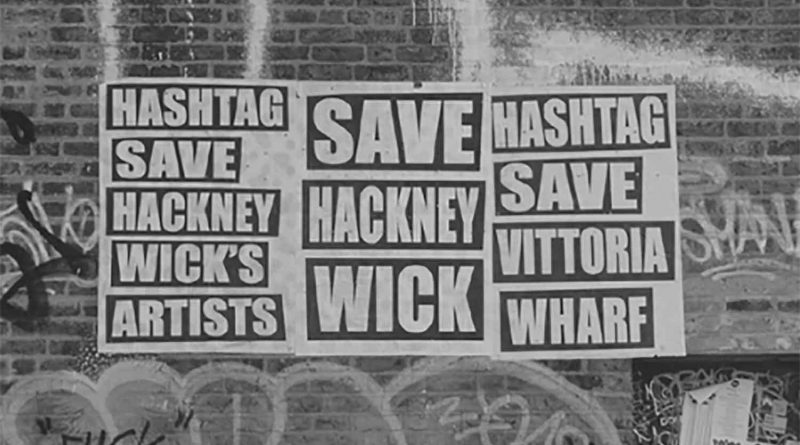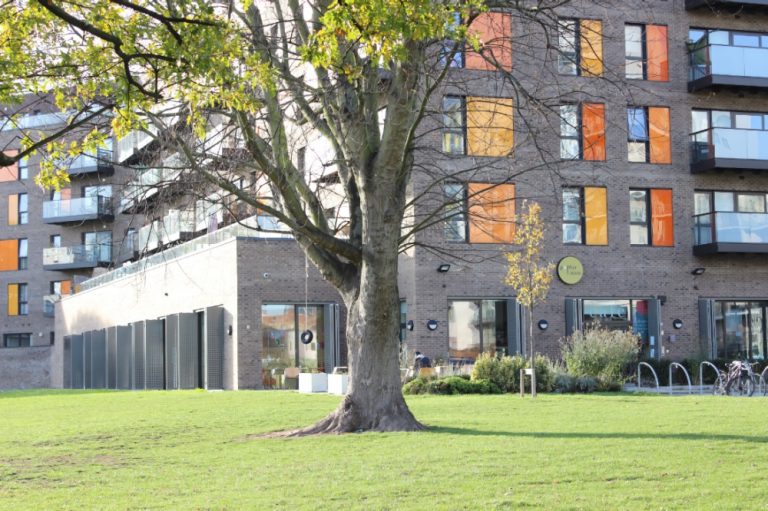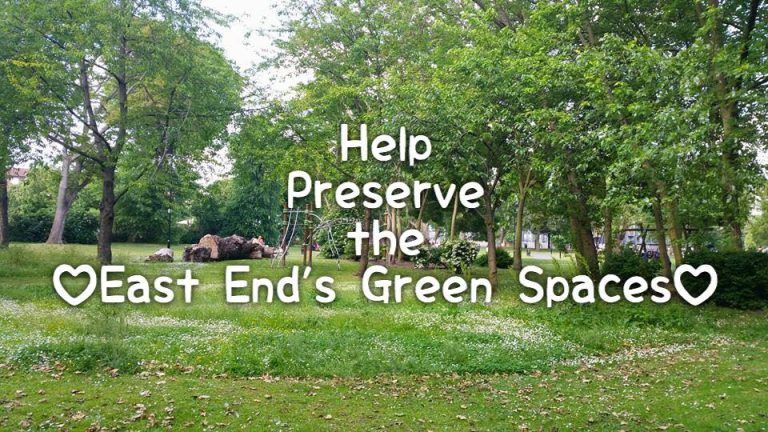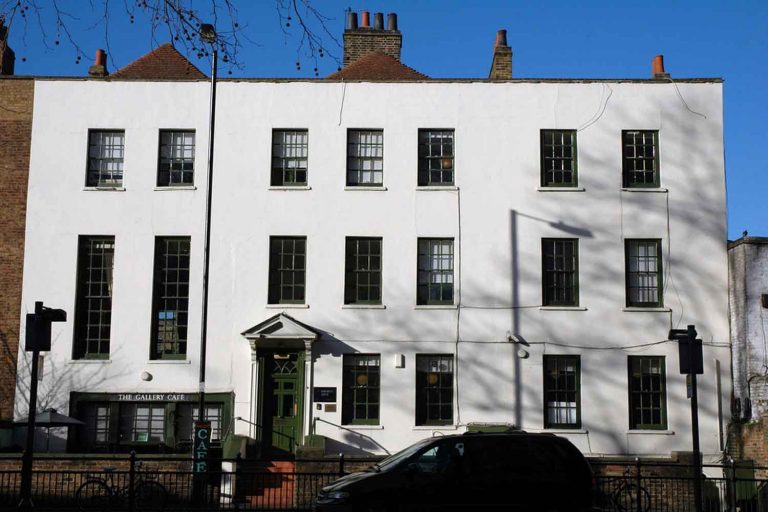John Rogers’ Welcome to New London: Journeys and Encounters in the Post-Olympic city
While the Olympic legacy is one of controversial developments and displaced communities, John Rogers’ new book celebrates the resilience of East London’s unique spirit.
As a professional psychogeographer, John Rogers feels a duty to unearth the forgotten histories of our local streets. Throughout his films, books and YouTube videos, Rogers tells the untold stories of London, leaving no stone unturned in his creative excavations of the ever-changing city.
In his second book, Welcome to New London: Journeys and Encounters in the Post-Olympic City, Rogers, 52, traces the immense changes triggered by the 2012 Summer Olympics. Throughout the work, East London is a battleground. Residents, developers and wildlife fight for ownership over the future of the city.
Rogers guides the reader through crumbling council estates, graffitied alleyways, and London’s lost rivers, shining a spotlight on the less-celebrated corners of our capital. Such forgotten places rarely feature on a tourist’s map of the city, but Rogers feels an urgency to honour these less-appreciated hubs of culture.
The book begins in 2013 when the Olympic Village in Stratford underwent a £2 billion development, leading to the creation of the Westfield shopping centre, Chobham Academy, and the East Village.
Rogers encounters East London on the edge of a major transition. He is startled by the transformation of Hackney Wick and Fish Island into building sites, ‘invaded by an army in hard hats and orange vests’.
While the post-Olympic development threatened to strip East London of traces of its past, Rogers’ book ensures we remember our local history.
As he wanders around Hackney Wick in 2013, Rogers’ narration travels back in time to the Industrial Revolution, recalling how the neighbourhood was the birthplace of the world’s first man-made plastic in 1856. It was also once the home of the Lesney Matchbox Factory and the Clarnico Sweet Factory, the largest sugar confectionery in Britain until its closure in 1973.
Throughout the book, Rogers mourns the loss of East London’s natural landscape. He pays particular attention to The Pudding Mill Stream, once a tributary of the River Lea. The river was part of the Bow Back Rivers and ran from St Thomas’ Creek to the Old River Lea. To facilitate the Olympic stadium, the waterway was filled in with concrete and its population of fish was displaced.
The Olympics didn’t just trigger environmental upheaval but also led to the relocation of vulnerable communities. On his various journeys, Rogers hears testimonies from residents of council estates, whose homes were threatened by Olympic developers.
To make way for the athlete’s village, 430 tenants were evicted from Clays Lane in 2007, fracturing a closely-knit community. Residents who had called the council estate their home since the 1990s were plunged into temporary accommodation and an uncertain future.
While Olympic planners promised that Stratford’s regeneration would lead to 30,000 – 40,000 new homes, only 13,000 had been built by 2022, eleven per cent of which were affordable.
Nevertheless, Rogers celebrates the strength of East London’s residents in resisting eviction and relocation. Welcome to New London is not a story of loss, but community strength.
In its pages, readers will learn about the success of the Focus E15 campaign of 2013, led by a group of mothers who faced eviction from their emergency accommodation for young homeless people in Newham. In protest, the women squatted in empty flats in the Carpenters Estate, forcing Newham Council into negotiation. Rogers said:
‘They wouldn’t be swayed by anything. Their campaign was amazing, they had such resilience. It was a very humbling feeling to be involved.’
Throughout the book, Rogers encounters several campaign groups combating eviction, from the movement at the New Era Estate in Hoxton to the protest at Sweet Ways Estate in Totteridge & Whetstone. ‘The power of community is unbelievable, it’s very strong, and the resourcefulness within these communities is incredible’, he said.
Rogers closes the book with a walk around Hackney Wick, paying attention to the graffiti which colours its walls. Posters calling to ‘Save Hackney Wick’s Artists’ and ‘Save Vittoria Wharf’ adorn the brickwork. In 2016, dozens of creatives were forced to vacate their studios in Vittoria Wharf to make way for a bridge connecting Queen Elizabeth Olympic Park to Hackney Wick.
‘Developers around Hackney Wick prey on the area’s heritage, even though it no longer exists. You wouldn’t visit Hackney Wick and call it an artists’ neighbourhood anymore.’
Even as Rogers mourns the loss of East London’s unique culture, he pays homage to the continual resistance of local people, who refused to stay passive as their neighbourhood was wiped clean.
While the future of our capital is uncertain, Rogers has faith that the streets will never lose their vibrant soul. ‘I’m very optimistic about the future of London. The city has burnt to the ground three or four times, but London will always carry on.’
If you liked this article, read Hackney Wick Underground packs up to make way for flats.









I lived in Bow for over 30 years and during that time Pudding Mill stream was never a wildlife haven, it may have been once but during my time it was just used to fly tip tires etc. It’s most attractive feature was, and still is, the blue metal bridge where it joins/ed the main part of the river.